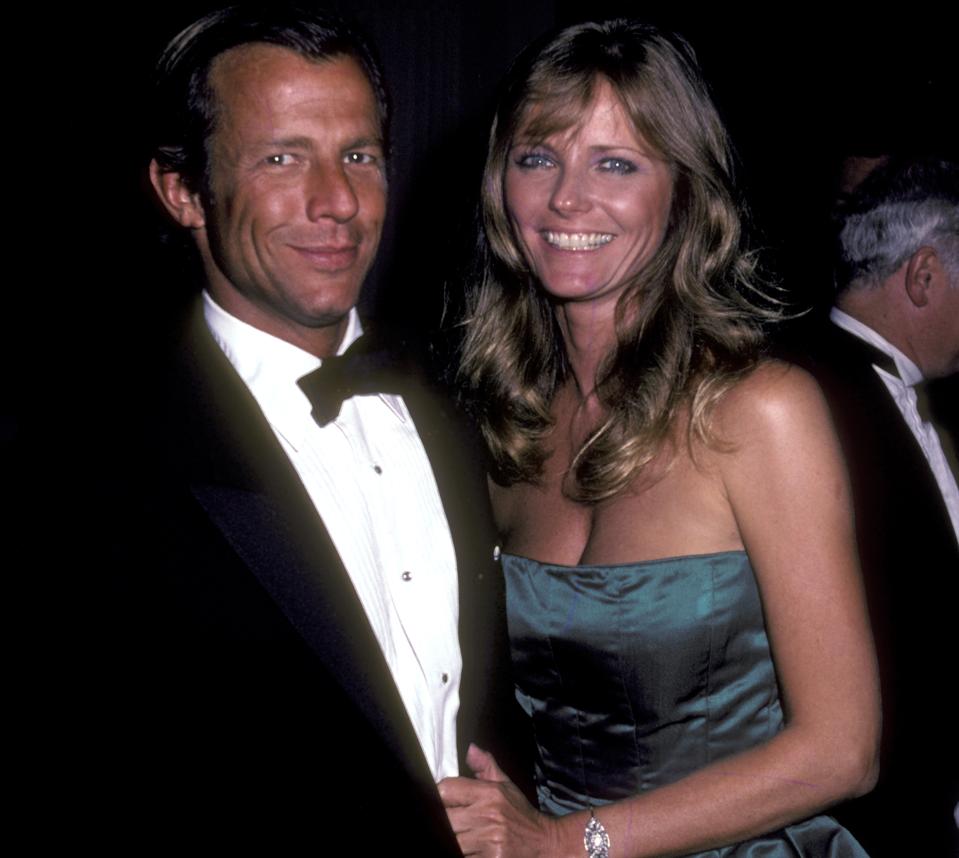Since the opening of his eponymous store in Los Angeles last year, designer Marcell von Berlin has confidently landed on his feet in the USA’s competitive fashion market. Berlin’s unique street culture that continuously inspires Marcell von Berlin to create clothes that are labeled “street couture.” Masculine and feminine, confident and sensual - the bold sex appeal of his looks were already spotted on some celebrities including Jennifer Lopez, Malika Haqq, and Zedd. In addition to his womenswear, menswear and accessories collections, Marcell von Berlin has expanded this Fall with an underwear line that pays homage to West Hollywood’s increasingly gender-fluid crowd.
Understanding your target customers is one element of success, but it is not everything. Reflecting on his first year doing business in the USA, I sat down with German designer Marcell von Berlin to better understand his formula for success as a young fashion brand on the rise.
How would you describe the current state of fashion in LA? In Berlin?
Both cities transport a hip "easy-to-wear" vibe that inspires me. They also have a lot in common - it's not for nothing that they are sister cities. Both Berlin and L.A. offer enough space for personal development. Everyone is free to make their own choices and choose their own clothes to express themselves with. For me, fashion means a combination of things - freedom, a light attitude toward life that can be projected onto the style and a certain sexiness.
Why was it important for you to open a physical store in LA vs other US cities, like NYC?
Los Angeles has become my second home next to Berlin, which made it clear to me that we needed to open the flagship store here. There is a special spirit in L.A. – it’s the place where a large majority of stars call home and the world pays attention to the fashion on the Hollywood red carpets. I loved the idea of adapting the color scheme of the two cities within the store concept. While Berlin is a bit darker, sexier and more glamorous, the color concept at the Los Angeles store is more aligned with the blue sky, the ocean, the sun and thus creates an individual experience for each location.




